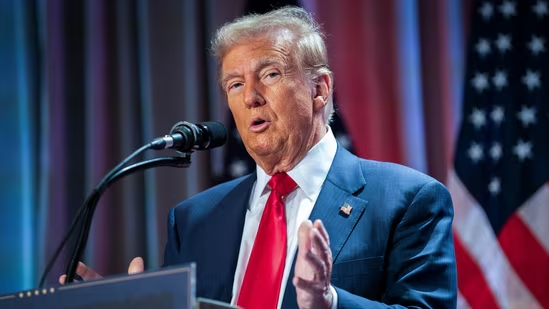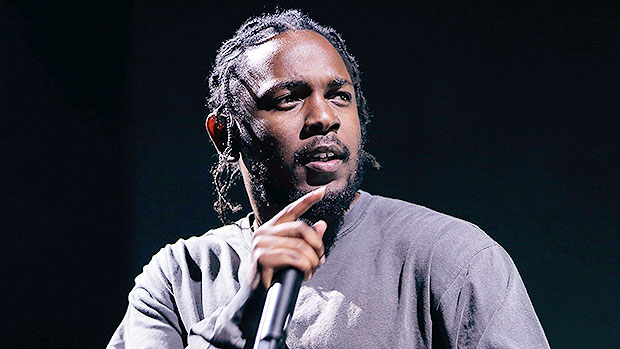Trump and Putin to Discuss Ukraine Crisis: A New Approach to Resolving a “Bloody Disaster”

Trump Signals Talks with Putin Amid Escalating Ukraine Crisis
During remarks at his Mar-a-Lago estate in Florida, President-elect Donald Trump revealed plans for a meeting with Russian President Vladimir Putin aimed at finding a resolution to the ongoing Ukraine conflict. “He wants to meet, and we are organizing it,” Trump stated, emphasizing his commitment to addressing what he termed “one of the greatest humanitarian tragedies of our time.”
The Kremlin responded positively, with spokesperson Dmitry Peskov affirming that Putin is open to dialogue. However, Peskov noted that concrete arrangements are unlikely to be finalized before Trump’s inauguration on January 20, 2025.
Trump’s comments come as the Ukraine war, which began with Russia’s invasion in February 2022, continues to inflict devastating casualties and displacement. While details of the proposed discussions remain vague, Trump’s previous remarks suggest his administration may pursue a markedly different approach from that of President Joe Biden, whose tenure has been characterized by significant military and economic aid to Ukraine.
Ukraine’s Concerns Over Sovereignty and Security
Ukrainian officials have voiced apprehension about Trump’s intentions, fearing that his negotiations with Putin might lead to concessions that compromise Ukraine’s territorial integrity. The possibility of a peace deal that recognizes Russian control over annexed territories such as Crimea or the Donbas region remains a critical concern.
In a recent statement, Ukrainian Deputy Foreign Minister Andriy Melnyk said, “Any negotiations must prioritize Ukraine’s sovereignty and align with international law. Any concessions to an aggressor would set a dangerous precedent.”
NATO allies and European leaders have also expressed reservations. A senior EU diplomat, speaking on condition of anonymity, warned, “If Trump’s administration reduces support for Ukraine, it could undermine European security and embolden Russia.”
A Shift in U.S. Foreign Policy?
Trump’s willingness to engage directly with Putin marks a departure from the Biden administration’s strategy of isolating Russia through sanctions and military aid to Ukraine. Trump has previously hinted at the need for compromises, suggesting that both parties “may need to make sacrifices for peace.”
While such a strategy could accelerate the end of hostilities, critics argue that it risks legitimizing Russian aggression. The balance Trump must strike between achieving peace and maintaining U.S. commitments to democratic principles will likely define his foreign policy legacy.
Frequently Searched Questions Answered
1. What is the current status of the Russia-Ukraine war?
The war remains intense, with ongoing battles in eastern Ukraine. Civilian casualties and displacement continue to rise, and there is no official ceasefire in place.
2. When will the Russia-Ukraine war end?
There is no definitive timeline for the war’s resolution. Trump’s proposed meeting with Putin is one of many diplomatic efforts aimed at achieving peace.
3. Who is winning the Russia-Ukraine war?
The conflict has seen territorial gains and losses on both sides, but Ukraine’s resistance has been bolstered by Western military aid. Russia controls parts of eastern Ukraine but has faced significant international condemnation and sanctions.
4. What could Trump’s involvement mean for the war?
Trump’s approach could lead to negotiations aimed at a ceasefire. However, it might involve concessions that some view as unfavorable for Ukraine.
5. How does this impact NATO and European security?
If U.S. support for Ukraine diminishes under Trump, NATO’s eastern flank may face increased risks, prompting member states to reevaluate their defense strategies.
Implications and Future Projections
As Trump prepares to assume office, the proposed meeting with Putin has the potential to redefine U.S.-Russia relations and the global response to the Ukraine crisis. While the initiative underscores Trump’s intent to prioritize peace, it also raises questions about the broader geopolitical implications, including NATO’s unity and the future of international norms regarding territorial sovereignty.
With skepticism and hope in equal measure, the world will closely watch these developments as Trump’s administration takes shape.
Sources and References














Your article helped me a lot, is there any more related content? Thanks!